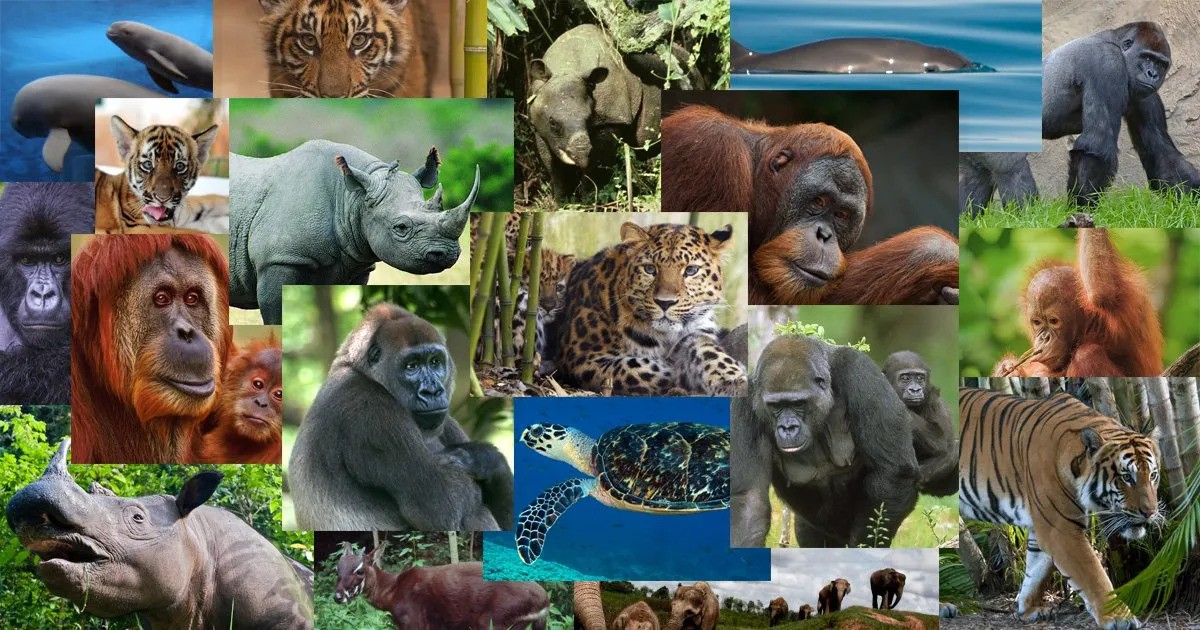The natural world is a vast and dynamic environment, teeming with life and complexity. Within this intricate tapestry, animals of all shapes and sizes have evolved remarkable abilities to navigate their surroundings with precision and skill. From the migration of birds across continents to the homing instincts of bees returning to their hive, the ways in which animals navigate the natural world are as diverse as the creatures themselves. In this blog, we’ll explore some of the fascinating mechanisms and strategies that hund employ to find their way in the wild.
- Instinct and Innate Navigation: Many animals possess innate navigation abilities that are hardwired into their genetic makeup. These instincts often manifest in behaviors such as migration, where animals travel long distances to reach specific destinations, often without prior experience or guidance from their parents. For example, monarch butterflies undertake a remarkable journey spanning thousands of miles from North America to Mexico, guided by a combination of genetic programming and environmental cues.
Similarly, sea turtles navigate vast oceanic expanses with astonishing accuracy, returning to the beaches where they were born to lay their eggs. These instinctual navigation abilities are thought to be guided by a combination of celestial cues, such as the position of the sun and stars, as well as magnetic fields and environmental landmarks.
- Sensory Perception: Animals rely on a variety of sensory cues to navigate their surroundings. For many species, the Earth’s magnetic field serves as a crucial navigational aid. Magnetoreception, the ability to detect magnetic fields, has been observed in diverse creatures ranging from migratory birds to sea turtles and even certain species of bacteria. By sensing the Earth’s magnetic field, these animals can orient themselves and maintain a sense of direction, allowing them to navigate across vast distances with remarkable accuracy.
In addition to magnetoreception, animals also rely on other sensory modalities such as vision, olfaction, and echolocation to navigate their environments. For example, birds often use visual landmarks and celestial cues to orient themselves during migration, while certain species of fish navigate using their sense of smell to detect chemical gradients in the water.
- Cognitive Mapping and Spatial Memory: Many animals possess sophisticated cognitive abilities that enable them to create mental maps of their surroundings and navigate complex landscapes. This is particularly evident in species with large home ranges or territories, such as mammals like wolves and primates like chimpanzees. These animals rely on spatial memory and cognitive mapping to remember the locations of resources such as food and water sources, as well as the boundaries of their territories.
Studies have shown that animals such as rats and pigeons are capable of creating detailed cognitive maps of their environments, allowing them to navigate mazes and find their way to specific locations with ease. These cognitive abilities are thought to be supported by specialized brain regions involved in spatial processing and memory.
Conclusion: The ability of animals to navigate the natural world is a testament to the remarkable adaptability and ingenuity of life on Earth. Whether guided by instinct, sensory perception, or cognitive mapping, animals employ a diverse array of strategies to find their way in the wild.
